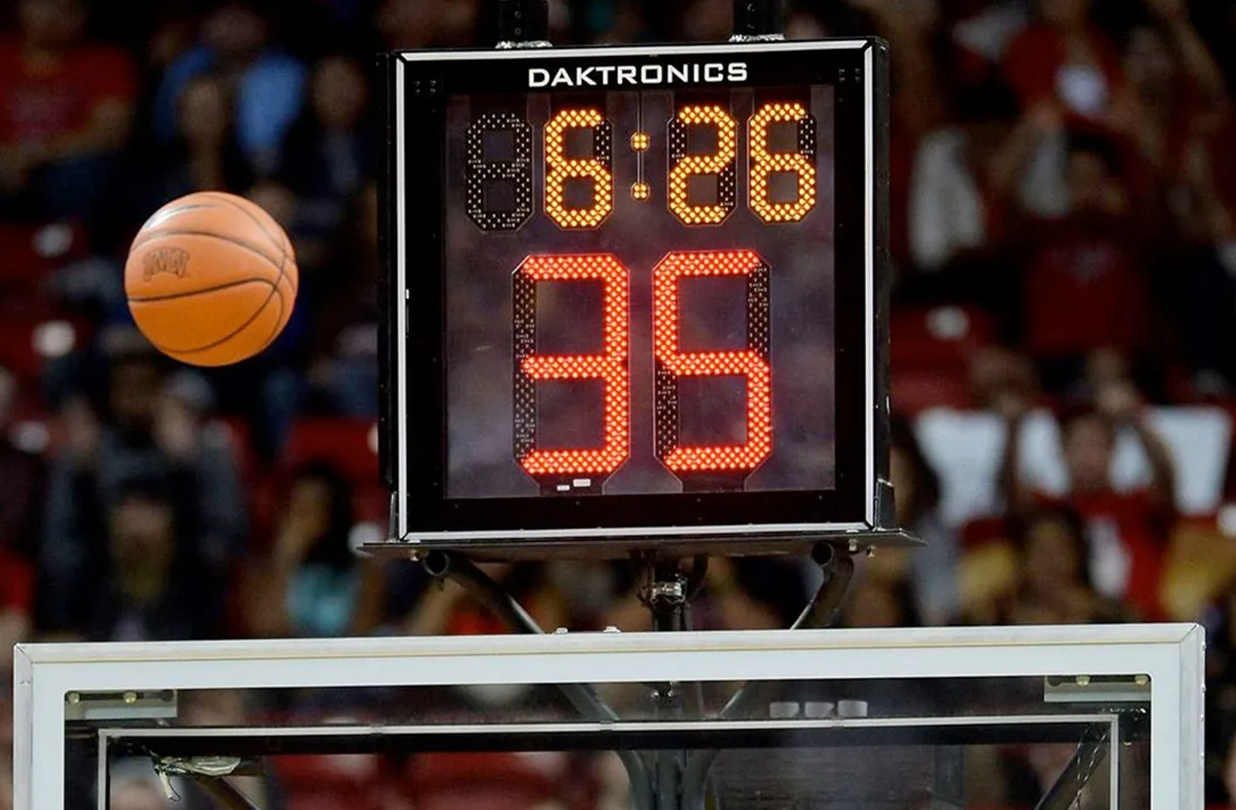amicitaacademy.com – Volleyball is one of the most popular and widely played sports around the world. Known for its fast-paced action and high-flying athleticism, volleyball has captured the hearts of millions of fans and players alike. Whether played on the beach, in the gymnasium, or in professional leagues, volleyball offers a thrilling mix of teamwork, strategy, and skill.
Origins of Volleyball
Volleyball was invented in 1895 by William G. Morgan, a physical education director at the YMCA in Holyoke, Massachusetts. Originally called “mintonette,” the sport was designed as a combination of basketball, baseball, tennis, and handball. The objective was to create a less physically demanding game than basketball, one that could be played indoors by people of all ages and skill levels.
The first official game of volleyball was played on July 7, 1896, and over time, the sport evolved. The name “mintonette” was eventually changed to “volleyball” because of the action of “volleying” the ball over the net.
The Basic Rules of Volleyball
Volleyball is typically played by two teams of six players each, although there are also variations, such as beach volleyball, which is usually played with two players per side. The game is played on a rectangular court divided by a net. The objective is to send the ball over the net and into the opponent’s court in such a way that they cannot return it within the allowed three hits.
Here are some basic rules of volleyball:
- Scoring: Matches are typically played best of five sets, with each set played to 25 points. A team must win by at least 2 points, and the fifth set (if necessary) is played to 15 points.
- Serving: Each team serves the ball from behind the baseline. The serve must go over the net and into the opponent’s court without touching the net or any other obstacles. A serve that touches the net but still lands in the correct area is considered “legal.”
- Hits: A team can hit the ball a maximum of three times before sending it over the net. The first hit is usually a pass, followed by an attack (spike), and possibly a block to prevent the opponent from scoring.
- Rotation: When a team wins a point while the other team is serving, the players rotate positions. This ensures that everyone gets a chance to serve.
- Faults: A fault occurs when a team violates the rules, such as hitting the ball out of bounds, touching the net, or allowing the ball to land in their own side of the court.
Different Variations of Volleyball
While the traditional six-on-six indoor volleyball is the most popular form of the game, there are several variations that add new challenges and excitement:
- Beach Volleyball: Played on sand courts, beach volleyball is a popular version of the sport, especially in coastal areas. It’s usually played with two players per team, which requires a higher level of individual skill and stamina.
- Sitting Volleyball: Designed for athletes with physical disabilities, sitting volleyball is played on a smaller court, with players sitting on the floor. The game follows many of the same rules as traditional volleyball, with a few adjustments, such as a lower net height.
- Indoor Volleyball: This is the classic form of volleyball, played indoors on a hard court. It is the most common form seen in professional and collegiate sports leagues.
Popularity and Global Reach
Volleyball’s appeal spans across cultures and continents. The sport is popular in many countries, including Brazil, Italy, Russia, Japan, China, and the United States. It is a major part of international competitions like the FIVB Volleyball World Championships and the Olympic Games, where both men’s and women’s volleyball events are featured.
Beach volleyball also enjoys widespread popularity, with its inclusion in the Summer Olympic Games since 1996 helping to boost its visibility. Major beach volleyball tournaments draw large crowds, with athletes competing for global rankings and lucrative prize money.
The Athleticism of Volleyball
What makes volleyball such an exciting sport to watch and play is the athleticism required. Players must have excellent hand-eye coordination, agility, and endurance. Key skills include:
- Spiking: A powerful attacking move where a player jumps and hits the ball downward into the opponent’s court.
- Passing and Setting: A well-timed pass or set is essential for orchestrating an effective attack. Sets are typically high, allowing teammates to prepare for a spike.
- Blocking: A defensive move where a player jumps near the net to intercept or deflect an opponent’s spike.
- Digging: A defensive skill used to receive low or fast balls, usually close to the ground.
Why Volleyball is So Popular
- Teamwork and Communication: Volleyball is a team sport that emphasizes collaboration and communication. Players must work together to execute strategies, set up attacks, and defend their court. The success of a team depends heavily on how well the players cooperate and understand each other’s movements.
- Accessibility: Whether you’re playing casually at the beach or competitively in a gym, volleyball is easy to set up and requires minimal equipment—just a ball and a net. This makes it accessible to people of all ages and skill levels.
- Entertainment Value: Volleyball is fast-paced and full of exciting rallies, especially during high-level matches. A single point can involve quick reflexes, high jumps, and precise timing, making the sport thrilling for fans to watch.
Conclusion
Volleyball continues to thrive worldwide, appealing to people of all backgrounds with its exciting gameplay, strategic depth, and emphasis on teamwork. Whether played in a professional setting or as a recreational pastime, volleyball is a sport that promotes physical fitness, mental focus, and community engagement. Its global reach, with millions of players and fans, ensures that volleyball will remain a beloved sport for generations to come.






